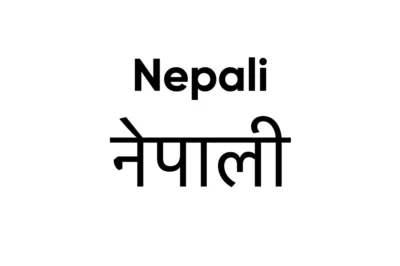Nepali is the official language of Nepal (Nepali Bhasa), a country in the Himalayas. It is also spoken in some parts of India, Bhutan, and Myanmar. Nepali Language is part of the Indo-Aryan language family and shares similarities with Hindi, Bengali, and Punjabi. The language has its roots in Sanskrit and was developed in the 13th century. Its unique script, called Devanagari, is also used for writing Hindi and Sanskrit. Nepali Language has many dialects, a vibrant language that continues to evolve and adapt to modern times.
Origin of Nepali Language
The Nepali language has a rich and diverse history that spans over centuries. The origins of the Nepali language can be traced back to the ancient Sanskrit language, which was widely spoken in the Indian subcontinent.
History and Evolution of Nepali Language
The evolution of Nepali as a distinct language began in the 13th century when King Jayasthiti Malla of the Kathmandu Valley ordered the translation of Hindu texts from Sanskrit into the local language. This led to the development of a new language called “Nepal Bhasa,” which became the language of the Newar people in the Kathmandu Valley.
Over the centuries, Nepal Bhasa evolved and borrowed words from other languages like Maithili, Bhojpuri, and Awadhi, spoken in neighbouring regions. In the 18th century, the Gorkha Empire, led by King Prithvi Narayan Shah, conquered the Kathmandu Valley and made Nepali the empire’s official language.
Under the Gorkha Empire, Nepali became the language of administration, education, and literature. The language underwent further changes and modifications to suit the needs of the new empire. Nepali was standardised in the 19th century, and a new script called “Devanagari” was adopted to write the language.
Conclusion
Today, Nepali is a vibrant language spoken by millions of people around the world. It has a rich literature, including poetry, novels, and plays, and is taught in schools and universities in Nepal and abroad. Despite its long and complex history, Nepali continues to evolve and adapt to the changing needs of its speakers.





Leave a Reply